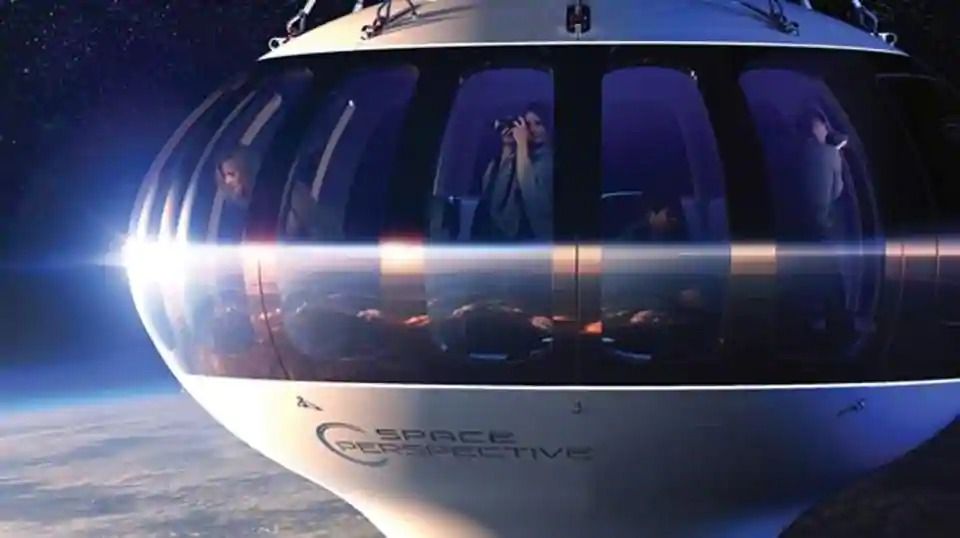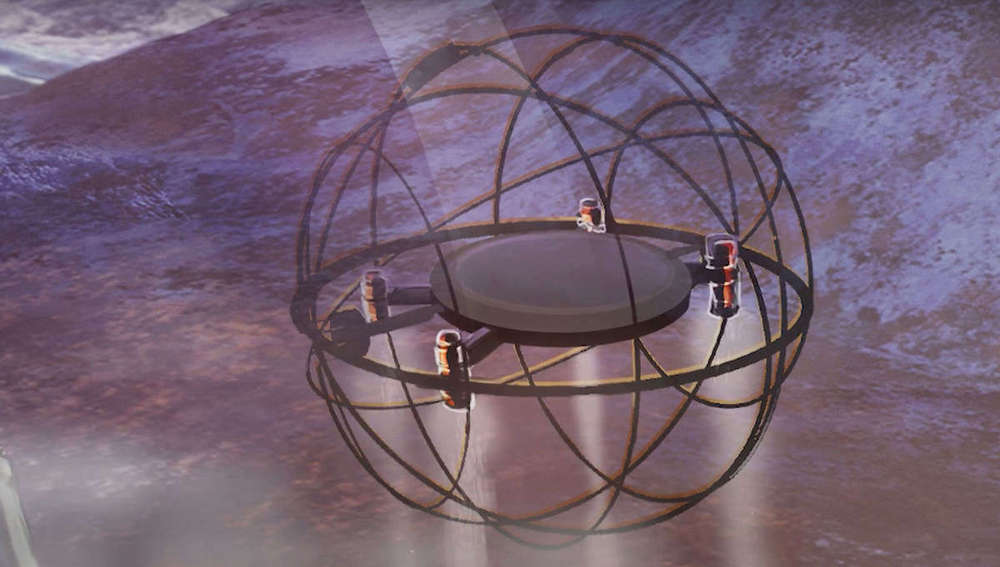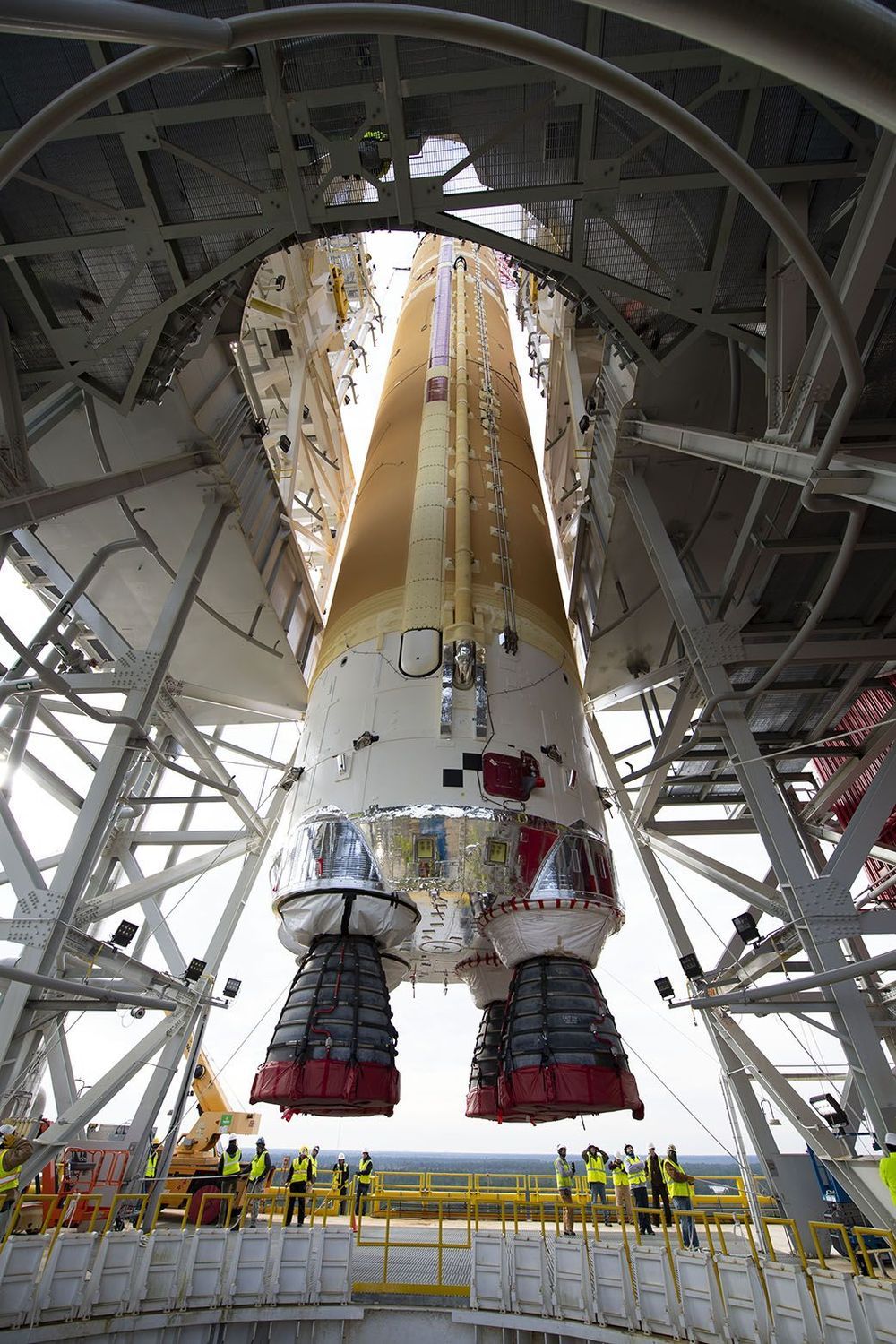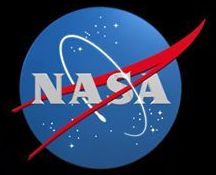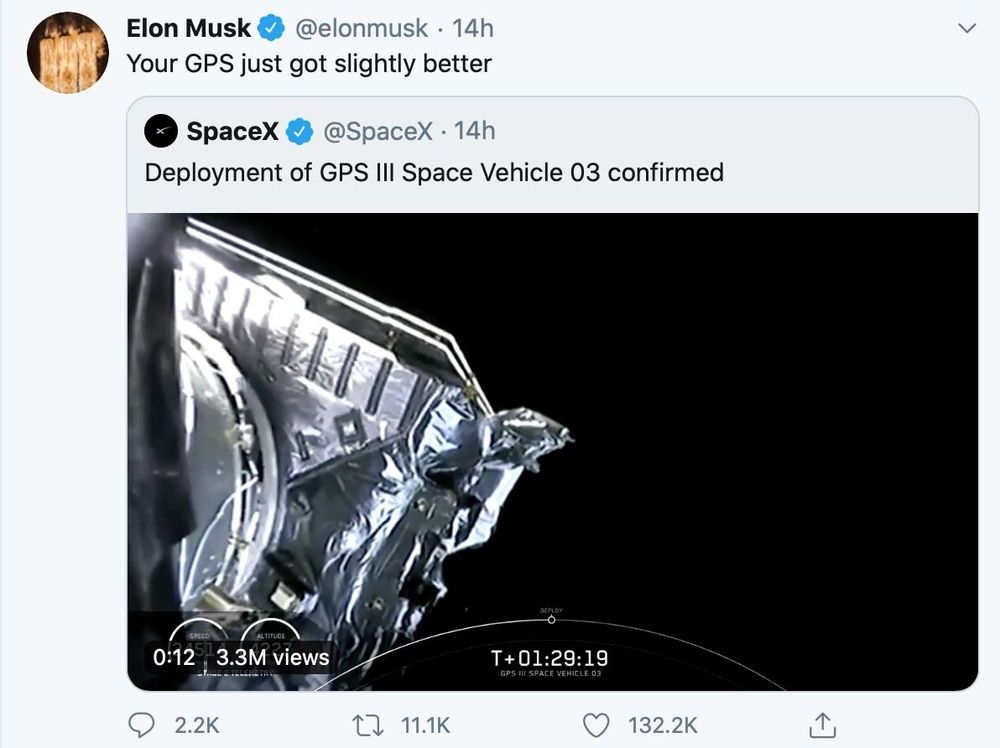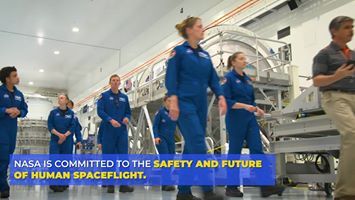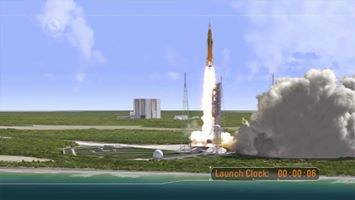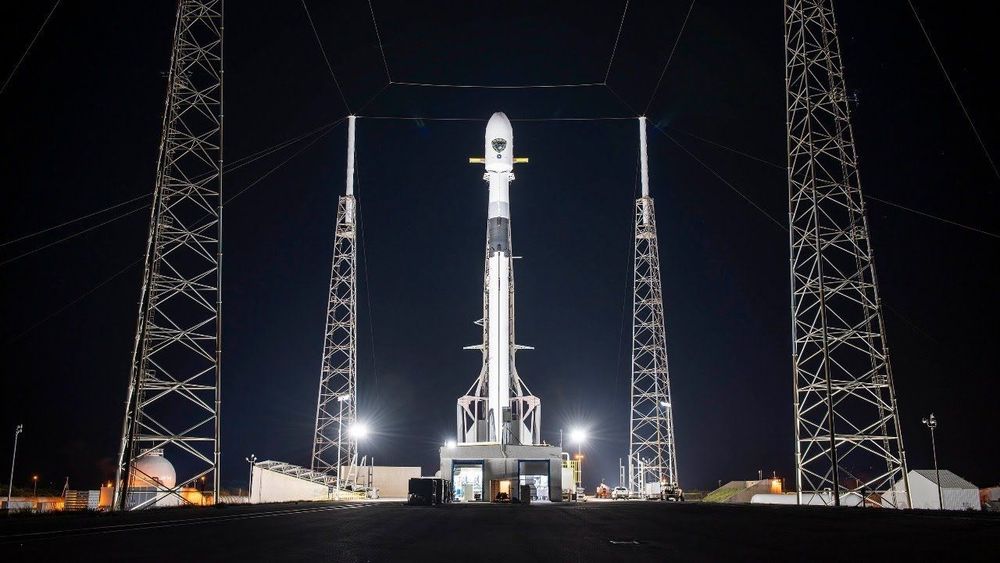Jul 4, 2020
You may soon be able to ride to the edge of space from Alaska in a Balloon
Posted by Genevieve Klien in category: space travel
A company wants to use an advanced balloon to fly customers from Earth’s surface in Alaska to the highest reaches of the planet’s atmosphere.
Florida-based startup firm Space Perspective plans to use the Pacific Spaceport Complex in Kodiak to serve as one of the launch sites for the vehicle, called the Spaceship Neptune, The Anchorage Daily News reported on Sunday.
The balloon rides will be manned by a flight crew taking eight passengers in a pressurized capsule suspended beneath a hydrogen balloon the size of a football stadium.
